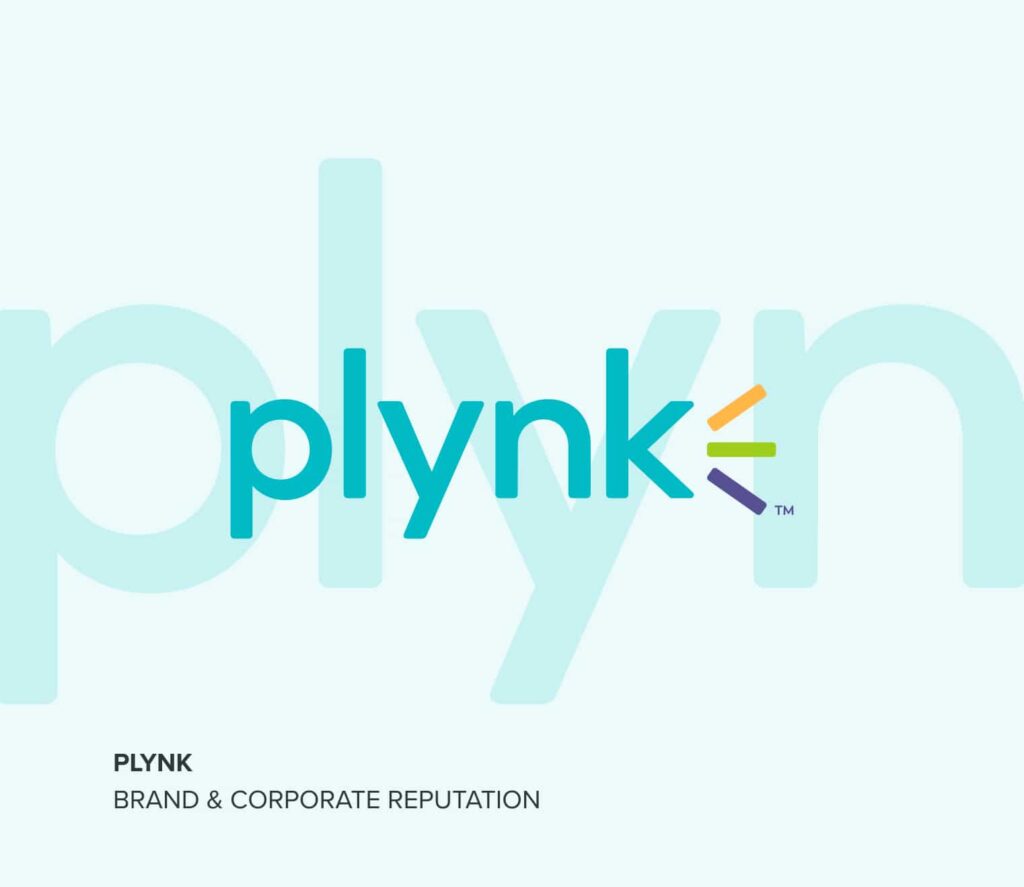Surprising trends in spending, recovery projections, and public university funding
Spending Boom Surprise: Despite initial assumptions that many U.S. households would dramatically decrease spending during the pandemic, several of the largest American retailers reported sales that far surpassed analyst forecasts for the last quarter, according to Bloomberg. Companies that already had strong online footprints or were able to quickly pivot to online sales or curbside pickup have done particularly well. This trend contradicts many economists’ assumptions that “people will always keep their wallets closed during tough times.”
K-shaped recovery: Many individuals have found themselves heavily reliant on technology as a lifeline during the pandemic by allowing them to maintain the majority of their work and productivity. However, The Wall Street Journal speculates that remote work may be the new economical dividing line separating office professionals from those workers in service industries where remote working is not a possibility.
Unemployment across the service, retail and labor markets may continue to skyrocket as companies continue to swiftly adopt automated technologies not encumbered by social distancing regulations. Time has revealed a “K” shaped economic recovery indicating there may now be two types of Americans: those professionals who were able to return to work albeit remotely, and those whose job functions have not afforded them that flexibility.
Alma Matters: Inflation-adjusted per-student has declined in 41 states since 2008 as state budgets have still not returned to their pre-Great Recession levels. Many public colleges are meeting the deficit by admitting more out-of-state students who would not qualify for in-state tuition rates and are able to pay tuition without aid. This has led to a business model mindset within higher education where undergraduates are treated more like customers than students. With tuition fund allocation often being prioritized towards campus amenities versus faculty expenses, The Atlantic examines why the future of state funded universities may be in trouble.
At face value: How much is a face mask worth? The Economist says $56.14, based on the amount per day that a single American could help prevent the GDP from falling by simply wearing one. As governments debate whether wearing a mask in public can be a viable substitute for lockdowns, economists also wonder if widespread acceptance of face-coverings would assist in the economic recovery.


